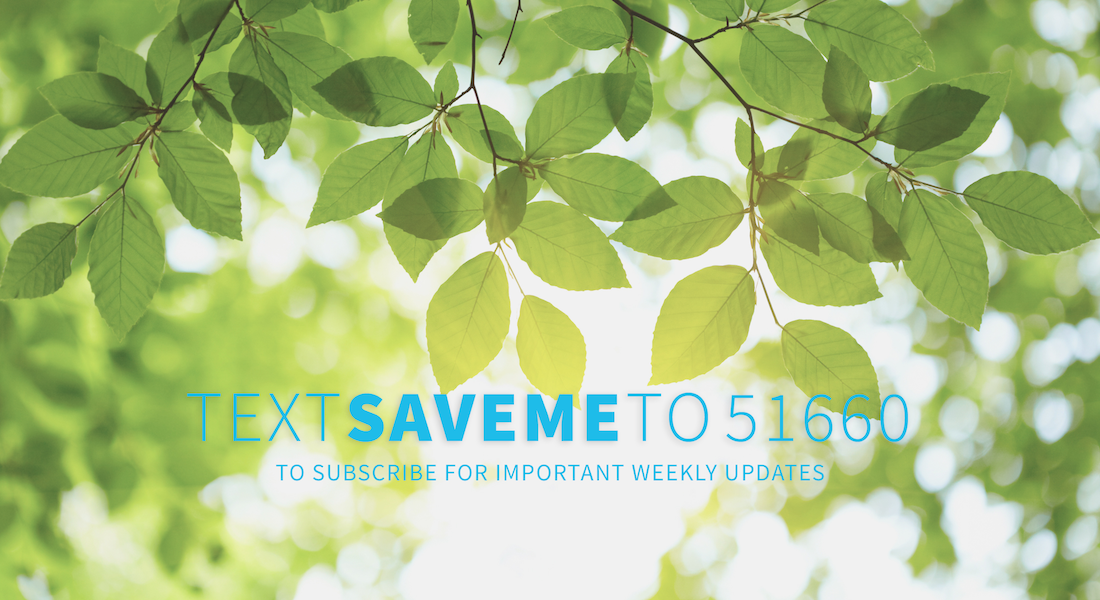On August 2nd, Molina Healthcare announced that it was pulling out of Utah’s healthcare marketplace. Molina was one of only three providers in the Affordable Care Act marketplace in Utah, and their exit will leave approximately 70,000 Utahans without an insurance provider. This will take effect at the beginning of 2018, so it’s important that people start planning for some major changes in the Utah marketplace—and Molina’s former enrollees won’t be the only ones affected.
Why the Exit?
So why did Molina decide to leave the marketplace in Utah? The company explained that the change was due to a “disappointing” marketplace performance in the Beehive State; the healthcare provider spent 127% of premiums collected from exchange plans on medical costs for those participants. Or, to put it simply, they spent far more covering Utah marketplace enrollees than they collected in premiums. So, in its simplest form, the exit was a business move, which nobody could really blame them for.
But in the current political climate—especially in the area surrounding healthcare policies—there are many other factors that impact this decision. The marketplace has not been very friendly to insurers over the years. When the Utah ACA marketplace first began, there were 6 providers available; these providers have dropped out one by one, and as of 2018, Utahans will be left with only 2 options.
And now, with the Trump administration continuing to make efforts at ending the ACA, insurers are uncertain of the marketplace’s future. So many insurers are pulling back and reevaluating their positions in the marketplace, rather than attempting to guess at what next year’s political climate will bring to the health insurance world.
What Options Do You Have?
If you purchase your health insurance from the marketplace, then you’ll be given two options for healthcare coverage next year: University of Utah Health Plans (UUHP) and SelectHealth. This year, University of Utah plans are only available in 16 of Utah’s 29 counties; but it has been reported that UUHP is currently planning to expand their coverage in 2018 to include all counties.
Some people expressed concerns that Molina’s withdrawal from the marketplace would cause UUHP to reconsider those expansion plans. And while rates and plans won’t be finalized until September, as of yet, the provider has not announced any changes to their expansion plans. If UUHP maintains their current course of action, this will offer many people a second option for healthcare coverage, when they would have only been left with one provider in their area.
The other provider available to marketplace enrollees next year is SelectHealth, which is currently the largest provider in the Utah marketplace, with 100,000 individuals and families enrolled through the exchange.
What Changes Should You Expect?
Obviously, those who are currently enrolled with Molina Healthcare will see the biggest changes to their healthcare coverage, as they will need to shop the marketplace again and choose a new provider. However, this is not the only effect that Molina’s exit will have.
Molina offered coverage in 7 Utah counties as of 2017, and in each of these counties, Molina has what is called the “benchmark plan”. The benchmark refers to the silver plan with the second lowest cost in the marketplace. Why does this matter? Because the benchmark plan is used to calculate premium subsidies that help to make healthcare affordable.
With Molina’s exit from the marketplace, a new benchmark will have to be used in each of these 7 counties, and subsidies will have to be recalculated. This means that healthcare costs could go up for people in these counties as the subsidies are recalculated.
Are There Other Changes Coming?
The loss of another marketplace provider is yet another wave in the tumultuous sea of Utah healthcare. There are many upheavals surrounding this topic in the political sphere, and the future of the marketplace in all states is still a bit uncertain.
While the Trump administration’s efforts to repeal the ACA and replace it with their own plan failed, they haven’t given up on it entirely. President Trump has threatened to not fund the cost-sharing reductions (CSRs) in order to force Democrats to negotiate on the healthcare issue. CSRs are the subsidies that health insurance providers receive on behalf of the insured in order to reduce out-of-pocket healthcare expenses like deductibles, co-pays, and coinsurance. If this were to happen, enrollees would likely see a 19% increase in their healthcare costs in order to offset the loss of government funding to insurers.
Because of this uncertainty, marketplaces in different states are taking different approaches. Some states are having providers file rates based on the assumption that CSRs will still be funded. Other states are asking insurers to file two sets of rates to cover either possibility. Utah has asked its two marketplace providers to file their rates based on the assumption that there will be no CSR funding in 2018.
These factors, combined with the Molina exit, make for an uncertain healthcare environment in Utah. If you are a marketplace enrollee, then finding an affordable healthcare plan next year could get a lot more difficult. It is important that you educate yourself about your options and seek aid and advice whenever it is needed to ensure that you and your family are appropriately covered.


